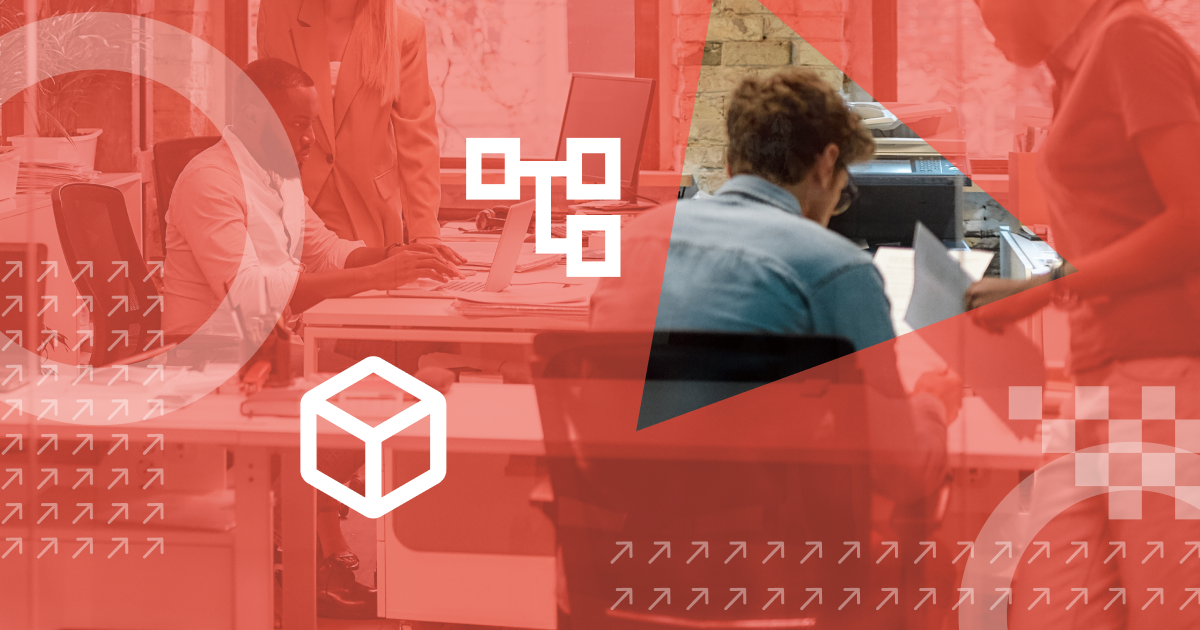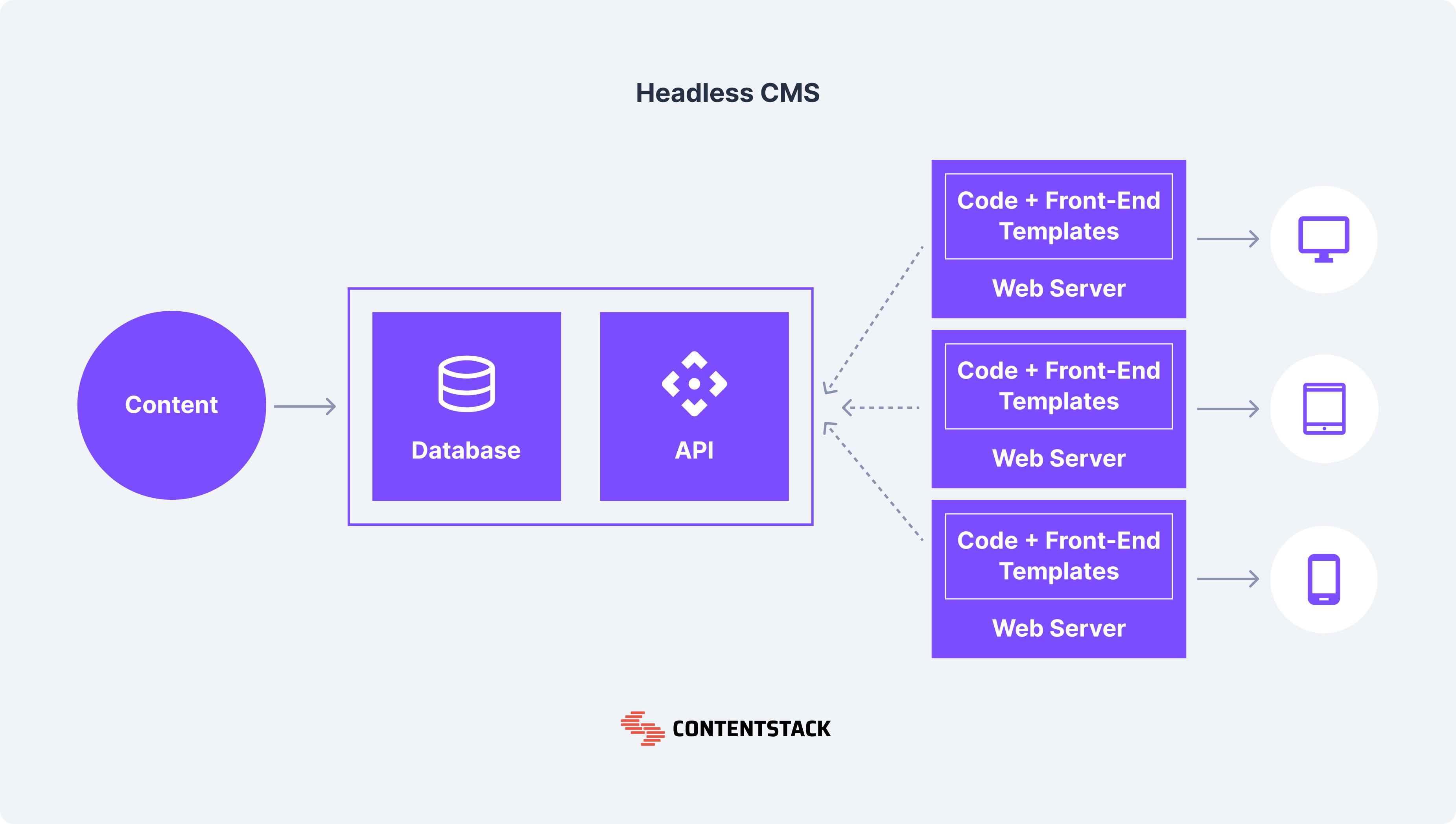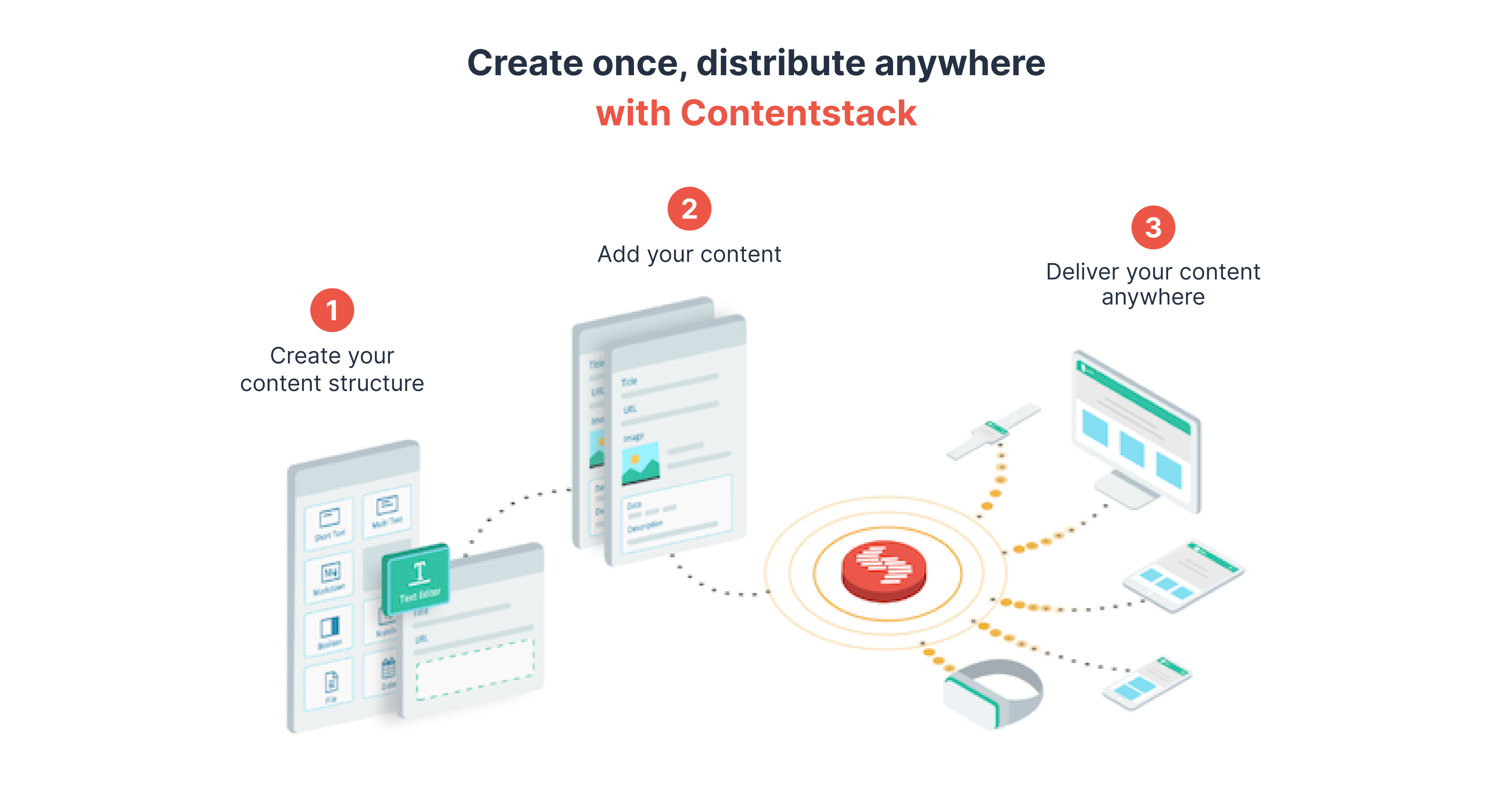Optimize your social media presence with a headless CMS approach

With over 4.9 billion global users, social media holds great potential for your business. The integration with a headless CMS enables you to deliver consistent brand messaging. You also enjoy efficient content management. Experience the benefits of social media automation and centralized content management. Take the first step to future-proof your content strategy with an API-first approach. Request a demo to see how it works.
Highlights
You'll learn:
- How to reach your target audience with social media and headless CMS integration.
- How integration works via APIs provided by social media platforms.
- Integrating social media with a headless CMS ensures consistent brand messaging and broader audience reach.
- How you can benefit from the integration through real-time metrics tracking, social media automation, centralized content management, and improved teamwork.
- How an API-first strategy future-proofs your content strategy and enables you to adapt to changing customer demands and market trends.
Keep reading to learn more!
Social media has opened a window of opportunity for businesses to reach a wider audience. Despite that, they can achieve more by integrating it with a headless CMS. A headless CMS saves time, simplifies content management, and improves consistency. It also allows businesses to personalize content that resonates with their customers.
Understanding headless CMS
People consume digital content through various means besides websites. That includes mobile apps, websites, IoT devices, AR/VR, and other devices. So, organizations must find ways to connect with users on these platforms. That is why headless CMSes are becoming popular today.
They are flexible and allow businesses to distribute content to multiple devices and platforms. In CMS terms, a head is the front-end presentation layer of a content management system (CMS). So, a headless CMS has no head. In other words, it only comes with a body.
Overcome traditional CMS issues with Contentstack: Are you tired of slow development times and rising costs due to legacy monolithic suites? Contentstack offers a modern, component-based solution designed for the needs of today's enterprises. Discover agility and improved ROI. Request a demo to learn more.
It has no front-end presentation layer and only comes with a back-end content repository. It enables omnichannel digital experiences and multi-channel content publishing. It also enhances content reuse and remixing, saving time and resources. A headless CMS is not tied to any specific front-end application, making it flexible.

The role of social media in the current digital landscape
With over 4 billion users and a projected 5.8 billion users by 2027, global social media usage continues to grow. That upward trend has allowed organizations to reach more people online and increase brand awareness.
Social media helps businesses connect with their target audience. It is also cost-effective. It comes with built-in analytics, so you may not need extra analytics tools. You can also sign up for free to enjoy most of its benefits.
The power of integration: Headless CMS and social media
Integrations also help businesses maintain consistent brand messaging on social media platforms. For instance, you can use social Sharing in Contentstack to deliver product updates to social media platforms like X, Instagram, Facebook, Etc. It also saves them time and costs as they can reuse or remix content.
How social media integrates with a headless CMS
Social media integrates with a headless CMS through APIs provided by social media platforms like Instagram, Facebook, and X (formerly known as Twitter). Content creators manage, organize, and create content in the back-end repository. They then publish the content to various social media platforms through API calls.
Aside from publishing content, API calls also facilitate content synchronization. Other aspects of integrating social media and a headless content management system exist. That includes data formatting, real-time updates, and Cross-posting.
A headless CMS also authenticates the system, ensuring a secure connection between social media platforms and the CMS. The headless CMS incorporates tags and metadata for content publishing, ensuring better online presence and searchability on social media platforms. So, social media integrates with a headless CMS through data exchange via APIs. The CMS is the content hub, while social media platforms are the distribution channels.
The headless CMS also supplies metadata and tags to optimize content. The integration of both systems automates the content management process. It also ensures you distribute digital content in the proper format across multiple platforms.
Benefits of social media and headless CMS integration
If you still doubt its value, here are some benefits of headless CMS software with social media integration.
Social media automation: A headless CMS offers a viable way to automate social media tasks. You can schedule posts to publish later. You can also create content calendars for each social media platform. Automating your social media publishing saves you time and improves efficiency.
Engagement metrics tracking: integrating social media and a headless CMS allows you to track all relevant engagement metrics. That includes views, impressions, click-through rate, and conversion rate.
Centralized content management: The headless CMS architecture relies on a centralized content repository. It is an efficient way to create, manage, and organize content in one place. That prevents duplication and eases content performance tracking on all channels.
Facilitates teamwork: Content creators focus on their work in the content repository. At the same time, graphic designers and social media managers can focus on publishing in the front end. Because it is decoupled, these activities can happen side-by-side without disrupting workflow.
Case studies
Considering its many benefits to businesses, it is easy to make a case for switching to a headless CMS. Here are some success stories.
LADbible Group
As one of the biggest global social publishers, LADbible deals with changing content requirements. So, they needed a scalable system. The new system also had to offer efficient editing, collaboration, and time-saving.
Hear from Tim Barrett, head of product delivery, “The types of content we want to publish, and how we want to use it, change very frequently,” “We needed a new content management system that could scale with our ambitions.”
Switching to Contentstack Headless CMS increased their editorial speed by five times. They improved customization for 55 unique brand sites. And their content launch became quicker and more cost-effective. Today, they can customize the editing experience and generate social media links for embedded monetized videos from one user interface.
Barret said, “We can house everything in Contentstack, so it’s removed the need to go into outside systems to create an article.”
Read more about LADbible's editorial success story with a headless CMS.
MoneyHero Group
MoneyHero realized they relied on complicated processes to update web pages and publish static product data.
Andrew de Ridder, Head of Application Engineering, said, “A lot of time was spent making changes to content, verifying accuracy, and following the publishing process through to production across multiple markets,”
They initially planned to build a new solution in-house. But they soon realized that Contentstack's headless content management system had all they needed. The system's tooling and APIs allowed them to publish content to social media and email.
After the switch, they reduced time-to-market from six weeks to one week. Their website's speed and performance increased by 90%. And they streamlined their editing process, reducing the engineering stack from 97 to 20.
Read more on the MoneyHero group success story.
Discover the future of content experience with Contentstack: Pioneering the integration of ChatGPT with Digital Assistant, Contentstack stands out in the Aragon Research Globe™ award. Our low-code approach and product innovations set us apart. Join our group demo to experience a future-leading content experience platform.
Step-by-step guide: How to integrate social media on your website
Integrating social media on your website using a headless CMS involves several steps:
- Select the right headless CMS software: Look for CMS platforms that offer relevant apps and integrations. For instance, one that enables you to connect and manage your social media accounts from the CMS.
- Link your social media accounts: After settling on a CMS platform, connect your website and the social media platforms. Ensure the connection is secure. Then, authenticate your accounts.
- Setting up automation rules: create a content calendar. Then, use the automation features of the headless CMS to schedule posts for future publishing. That will save you time and ensure you complete all publishing deadlines.
- Monitor and analyze engagement metrics: It’s essential to start tracking your social media performance after the system goes live. Use the analytics tools offered by the headless content management system. Focus on relevant metrics like engagement, reach, and conversion.
The future of content management: API-first strategy and content reuse
For the most part, API-first strategy and content reuse and remixing will shape the future of content management. Businesses can integrate various systems to create excellent omnichannel digital experiences. They can also get more from existing content through content reuse and remixing.

Aside from improving efficiency, an API-first approach reinforces consistent messaging across all platforms. It also enables businesses to customize and personalize more. With API-first content management, you can personalize and tailor content to your customer needs.
An API-first strategy also helps you become more flexible. Aside from that, it makes it easy for you to scale to adapt to changing customer demands and market trends. With new technology every day, only a flexible and agile solution can help them keep up. Hence, going API-first helps businesses to future-proof their content strategy and operations.
FAQs
What are the steps to integrate social media on a website using a headless CMS?
The steps are straightforward. Outline your business needs. Then, find CMS software that offers the features you need. Ensure that it has social media integration features. Then, connect your social media accounts to the CMS. After that, set up automation for content publishing and monitor performance metrics using the in-built analytics of the headless CMS.
How does an API-first strategy enhance omnichannel digital experiences in the context of a headless CMS?
An API-first strategy enables businesses to simplify their workflow. For example, editors create and manage content, while APIs handle distribution.
What are the benefits of integrating social media platforms with a headless CMS?
The integration enables you to automate your social media content publishing. That saves time and leads to better efficiency. Integrating social media platforms with a headless CMS also helps you maintain consistency, as you do not need to create separate content for different platforms. The CMS takes over distribution and delivers your content in the proper format for each platform.
How can businesses streamline their content production and improve profitability with a headless CMS?
Headless CMSes offer flexible content management solutions. With headless CMS, content creators can reuse and remix content. That allows them to save time and resources. Also, they can focus on working with the system's back end without disrupting front-end development work. This makes publishing faster, saves costs, and improves ROI.
Learn more
As global social media penetration rises, businesses can connect with more customers online. Integrating social media platforms with headless CMS is their best shot at achieving it. It introduces greater efficiency to content management and saves time and cost. It also enhances the user experience.
And the best part? You can follow the steps outlined in this article to set it up. Take the first step to increase your reach today. Request a demo to see the headless CMS and social media in action.
About Contentstack
The Contentstack team comprises highly skilled professionals specializing in product marketing, customer acquisition and retention, and digital marketing strategy. With extensive experience holding senior positions at renowned technology companies across Fortune 500, mid-size, and start-up sectors, our team offers impactful solutions based on diverse backgrounds and extensive industry knowledge.
Contentstack is on a mission to deliver the world’s best digital experiences through a fusion of cutting-edge content management, customer data, personalization, and AI technology. Iconic brands, such as AirFrance KLM, ASICS, Burberry, Mattel, Mitsubishi, and Walmart, depend on the platform to rise above the noise in today's crowded digital markets and gain their competitive edge.
In January 2025, Contentstack proudly secured its first-ever position as a Visionary in the 2025 Gartner® Magic Quadrant™ for Digital Experience Platforms (DXP). Further solidifying its prominent standing, Contentstack was recognized as a Leader in the Forrester Research, Inc. March 2025 report, “The Forrester Wave™: Content Management Systems (CMS), Q1 2025.” Contentstack was the only pure headless provider named as a Leader in the report, which evaluated 13 top CMS providers on 19 criteria for current offering and strategy.
Follow Contentstack on LinkedIn.






.svg?format=pjpg&auto=webp)
.svg?format=pjpg&auto=webp)
.png?format=pjpg&auto=webp)






.png?format=pjpg&auto=webp)


